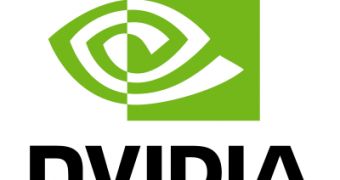The latest unreleased version of Nvidia's drivers for GeForce graphics cards has just revealed the names of the first GPUs to be released into the 600-series product range which will be manufactured using the advanced 28nm fabrication node.
The upcoming graphics cards are dubbed the Nvidia GeForce 610M and GeForce GT 630M, and both of these solutions are expected to be entry-level products targeting the laptop market.
None of the specs of these GPUs were revealed by the driver, but the GeForce GT 630M is expected to be based on the GK107 core that Nvidia supposedly started sampling at the end of September.
From the information that is available at this point in time, Nvidia's GK107 GPU features a 128-bit memory interface, and support for both DDR3 and GDDR5 memory.
The second chip to be listed in this driver, the GeForce 610M, is probably just a die shrink of a current entry-level Fermi mobile GPU.
With the introduction of the GeForce 600-series, Nvidia has chosen to do a bottom-to-top release, which means that the first GPUs to arrive will target the entry-level market, while the more advanced chips won't make their entrance until later in 2012.
In fact, according to Taiwanese graphics card manufacturers, the replacement for the current GTX 580/570 isn't expected to come out until six months from now, most probably in early Q2 2012.
Just like the JK107, the GPUs used in these high-end graphics cards will also be based on the Kepler architecture, which should be more flexible in terms of programmability than the current Fermi Arch.
In order to achieve this goal Kepler received virtual memory space (allowing the CPU and the GPU to use a unified virtual memory) and pre-emption support, as well as a series of other technologies meant to improve the GPU's ability to process data without the help of the system's processor.
Nvidia has already started sending GK107 engineering samples to its partners, while the first production samples are due in January of 2012. (via VR-Zone)

 14 DAY TRIAL //
14 DAY TRIAL //